A Look At The Military Boonies Of Ten Countries Around The World
Published On: August 25, 2025 By: ray herb

Introduction
The boonie is also called a “round-brimmed hat”, and of course it is also called a “boonie” in the West. Its predecessor was the wide-brimmed hat used by European workers in the early 20th century. After decades of evolution and improvement, it was not until the mid-1950s that it flowed into the military. It was first widely used by US special forces and patrols in the Vietnam War.
Because the boonie has the characteristics of heat protection and sun protection, it is now very popular in the armies of various countries in the world. Soldiers in many countries will choose long-brimmed or short-brimmed boonies in the summer.
This article will take stock of the military boonies in 10 countries around the world today.
1, China
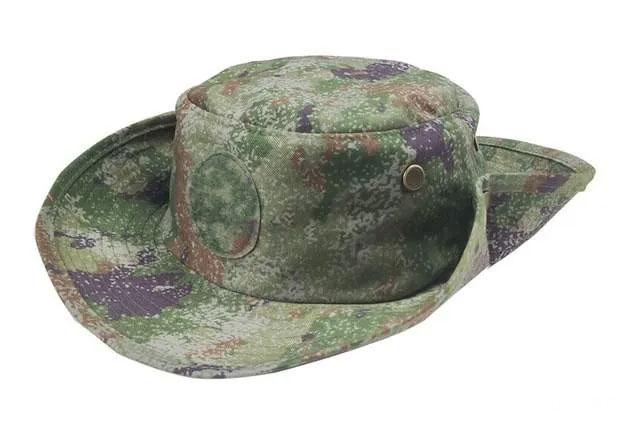
In China the military were equipped with a small number of boonie hats in the early 21st century, and the main users were special forces or reconnaissance forces. Nowadays, boonie hats have become popular in the Chinese military. Whether it is the army, navy, air force, rocket force or armed police, they are equipped with the latest 21-type “starry sky” camouflage boonie hat in the summer environment. It is divided into 5 versions: jungle version, woodland version, desert version, desert version and urban version. The picture above is the 21-type “starry sky” jungle version camouflage boonie hat .
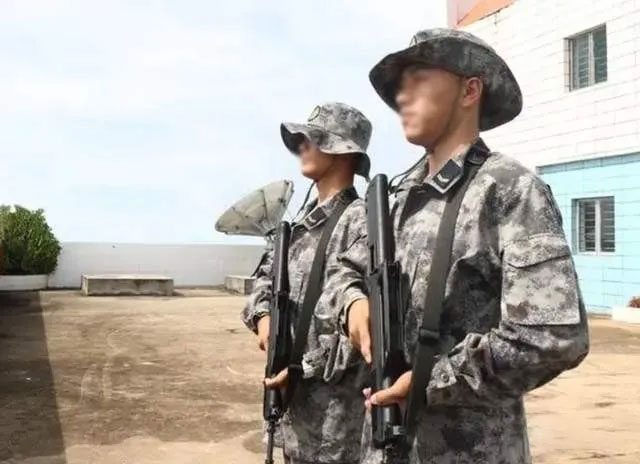
Above: Two soldiers of our army wearing the Type 21 “Starry Sky” urban camouflage uniform, also wearing this type of boonie hat on their heads, but it is called a “round-brimmed hat” in our army.
2, United States
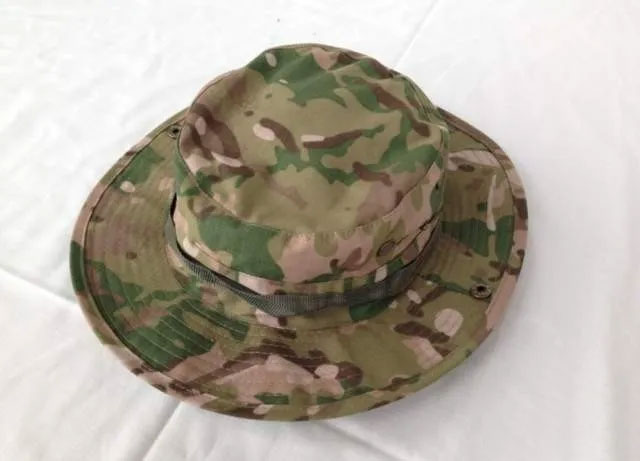
The U.S. military is one of the earliest armies in the world to use boonie hats. It first began to equip a small number of them during the Vietnam War. In the 1980s and 1990s, the boonie hat had become a basic equipment for American soldiers. Nowadays, each branch of the U.S. military has different styles of boonie hats. The picture above is the most common CP all-terrain camouflage boonie hat in the Army . The U.S. Army’s infantry divisions, airborne troops, Delta Special Forces and Rangers all wear this style.
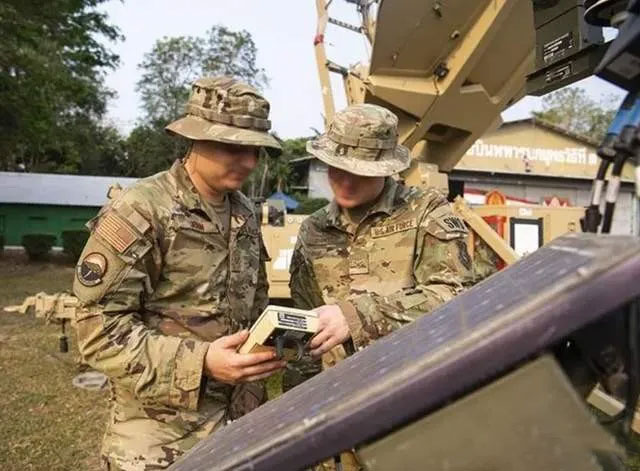
The picture above shows two American soldiers wearing CP all-terrain camouflage uniforms and CP camouflage beanie hats on their heads.
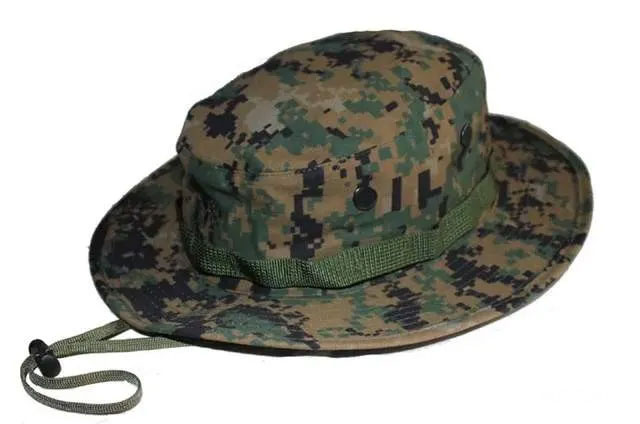
In addition to the Army style, the United States Marine Corps also has a separate style. The first one is the MCCUU digital camouflage beanie hat for jungle environments.
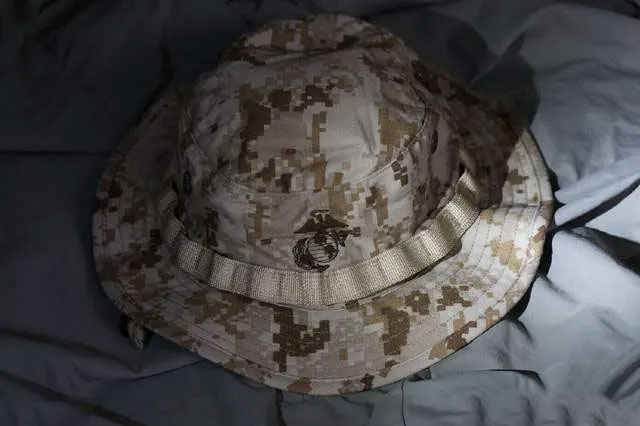
The Marine Corps also has a second type of digital camouflage boonie hat, which is mainly used in desert environments. It is also a type of MCCUU digital camouflage, and this was also the most commonly used style by the US Marine Corps in the Middle East.
3, Russia
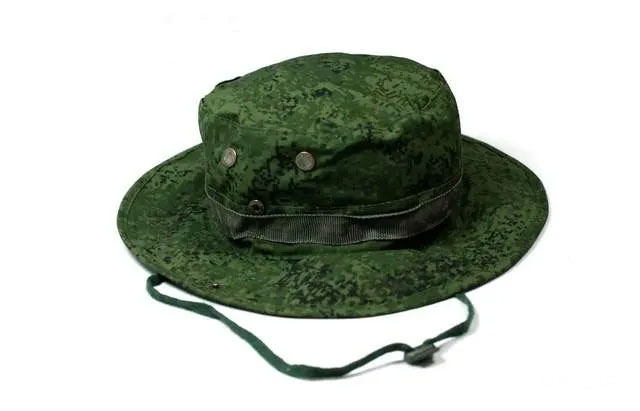
In fact, boonies are not common in the Russian army. Soldiers usually wear hoods and helmets during training. Even in summer, they mainly wear traditional training caps or berets in daily life. However, this does not mean that there are no boonies in the Russian army. Among the EMR series of digital camouflage uniforms currently in service, there is also an EMR camouflage digital boonie , but few Russian officers and soldiers use it in daily life.
4, Germany
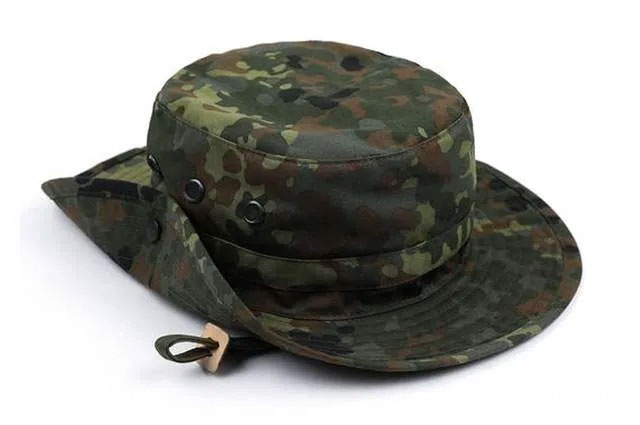
The boonie is also the most important in today’s German army. When training in summer environment, the first choice is the boonie. It is not only light in weight, but also very soft. The most important thing is that it has the function of sun protection and heat protection. There are currently two main types of boonies in the German army. One is the Parka woodland spotted camouflage boonie in the picture above . This style is also the most common in the current German Army.
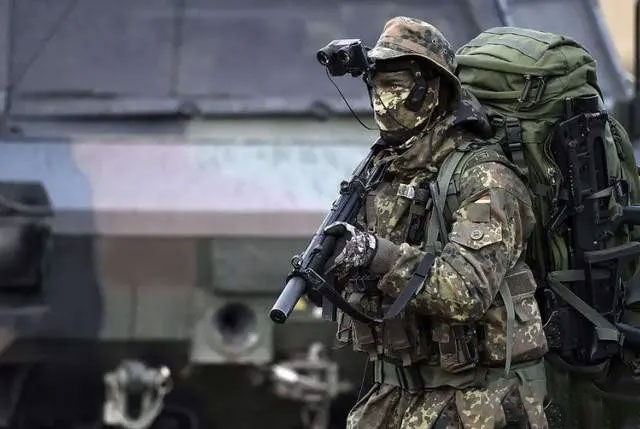
The picture above shows a German special forces soldier wearing a Parka woodland spot camouflage boonie hat.
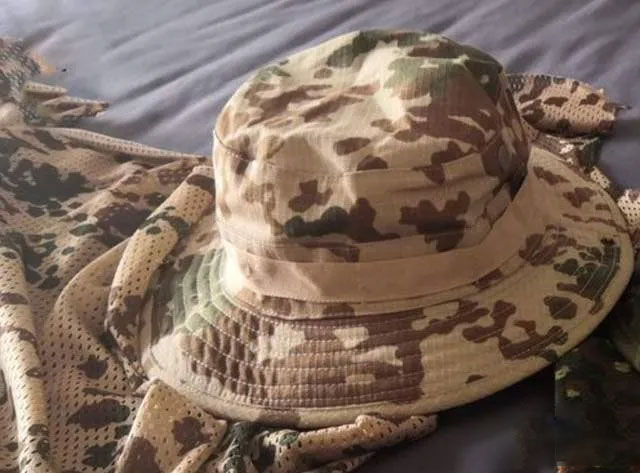
In addition to the common woodland spot camouflage boonie, there is also a rare desert spot camouflage version, which was once equipped by German troops stationed in Afghanistan.
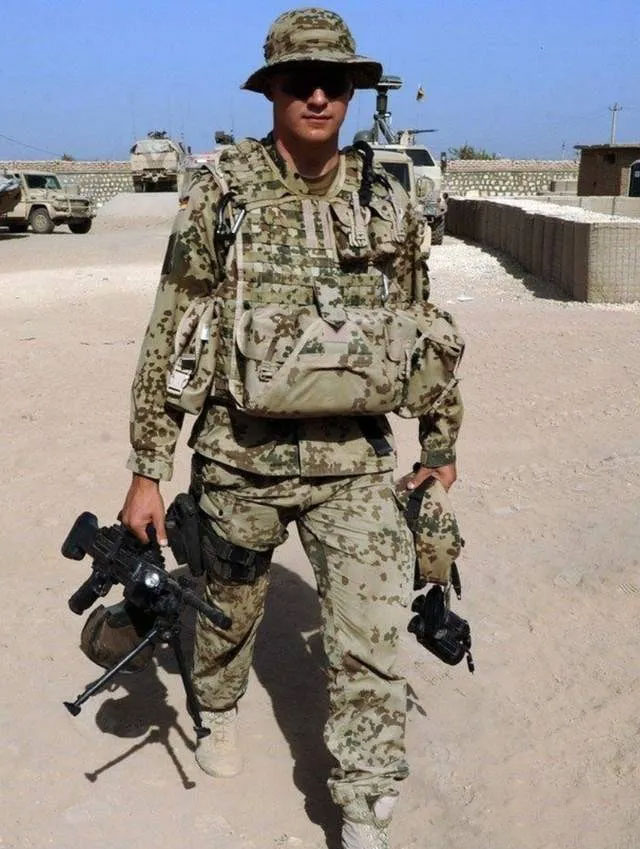
The picture above shows a German soldier stationed in Afghanistan at that time. He is wearing a desert spotted camouflage boonie hat on his head.
5, United Kingdom
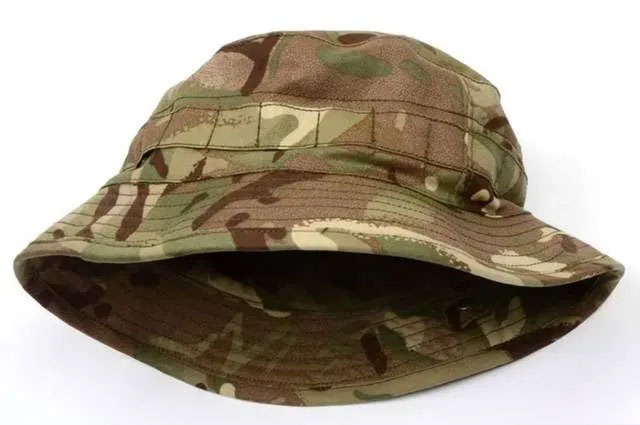
The British Army began to equip its troops with boonies in large quantities in the 1990s. Whether among special forces or regular infantry, boonies have become a daily wear for British soldiers. As long as they wear camouflage uniforms, they will be matched with boonies. The picture above shows the MTP all-terrain camouflage boonie currently in service with the British Army . However, the brim is relatively short. This design is also to prevent it from blocking the line of sight and affecting movement.
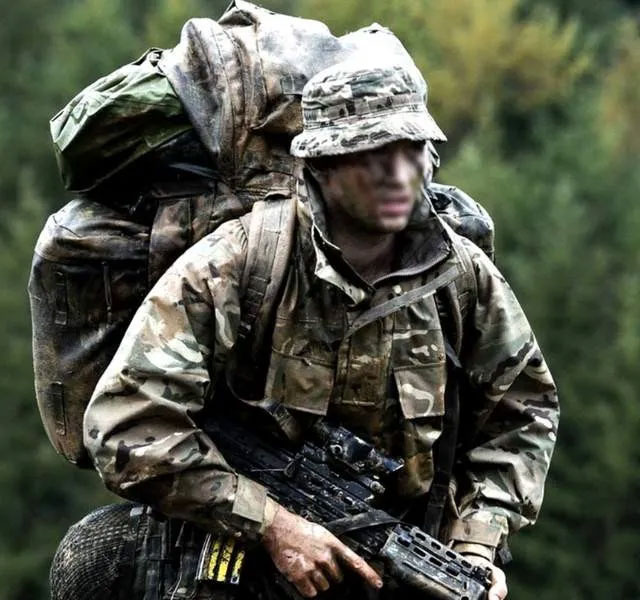
The picture above shows a British soldier in training, wearing an MTP short-brimmed camouflage boonie hat.
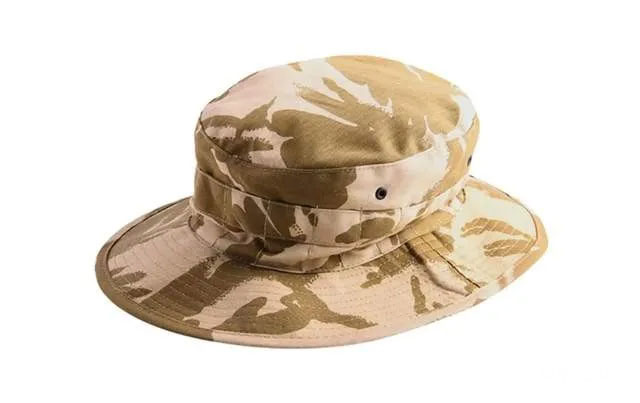
In addition to the most common MTP camouflage boonie hat in the British Army, there is also the DPM desert camouflage boonie cap that was issued earlier . Although it was equipped earlier, a small number of them are still serving in the British Army.
6, France
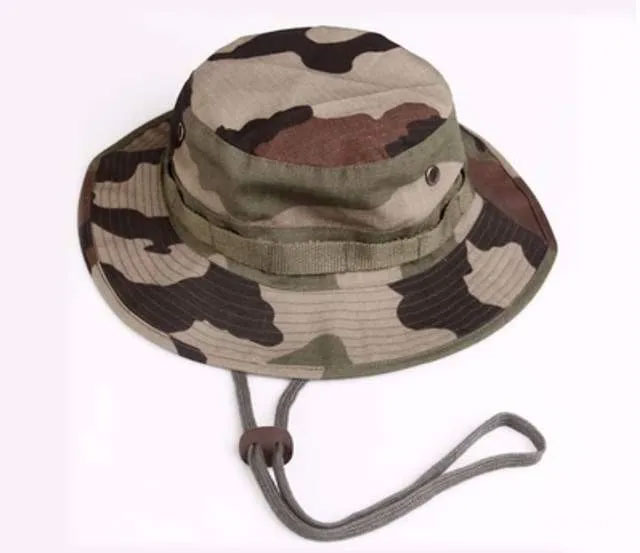
The French Army generally prefers berets during daily patrols, work or rest, but the French Army now also has standard boonies, such as the F2 woodland camouflage boonie in the picture above . Its workmanship is as delicate as the French Army’s camouflage uniforms. This boonie is very popular in the French special forces and the “Foreign Legion”, but it is less used in regular troops.
7, Sweden
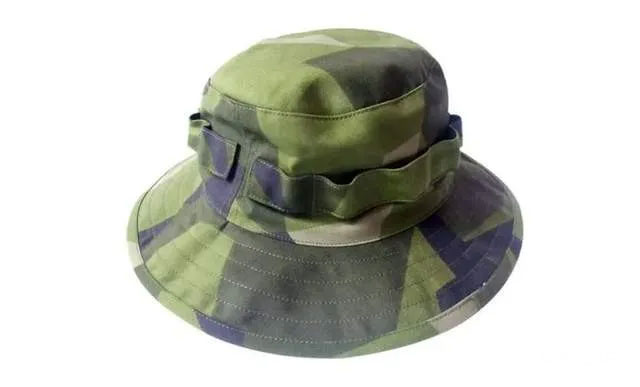
The Swedish army also mainly uses training caps and berets. However, in Sweden’s M90 series of training equipment, there is also an M90 jungle fragment camouflage boonie hat , which also uses a short brim, which does not block the vision when marching or fighting. At the same time, an extension strap is added around the hat to further increase camouflage on it, or to carry other small equipment. This boonie hat is more popular among Swedish special forces and snipers, and is less used by conventional troops.
8, Australia
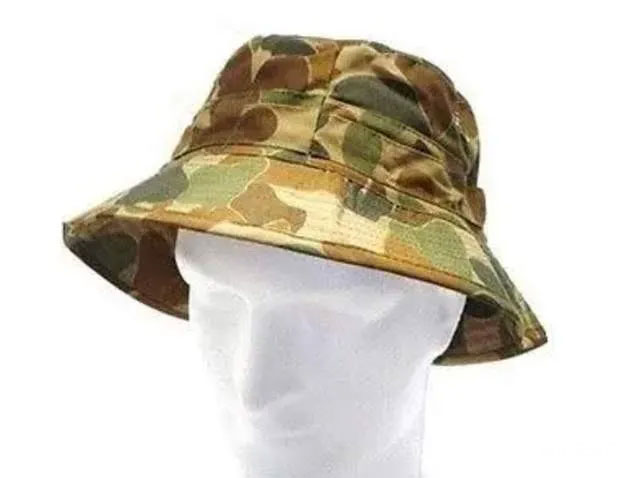
The Australian Army has always liked to use boonie hats. Whether in training or daily work, officers and soldiers wear their standard DPCU patch camouflage boonie hats, which are divided into short brim and standard models. The picture above is the short brim model, which looks somewhat similar to the British Army’s boonie hat.
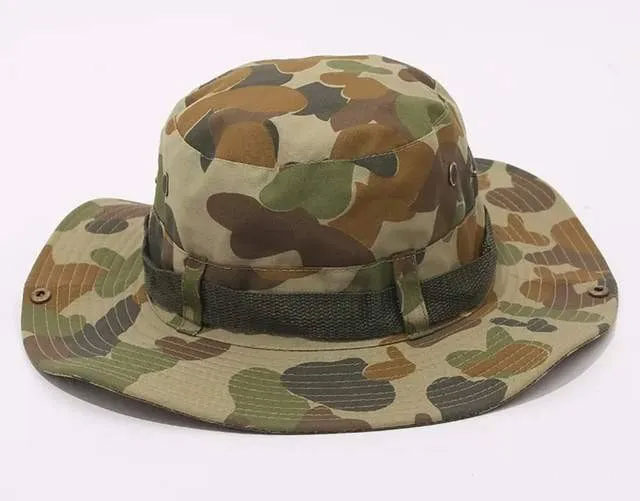
The picture above is a standard DPCU patch camouflage beanie hat, which looks a bit larger in overall size.
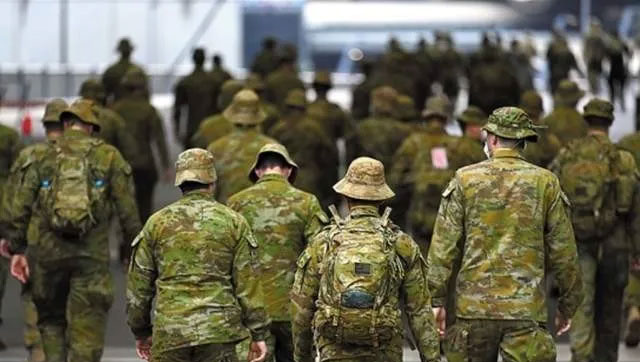
In addition to the DPCU patch camouflage boonie hats previously equipped, around 2014, the Australian Army was also equipped with a new generation of AMCU all-terrain camouflage uniforms. This series of training equipment also includes an AMCU camouflage boonie hat. The group of Australian soldiers in the picture above are wearing AMCU camouflage uniforms and AMCU all-terrain camouflage boonie hats of different sizes and styles on their heads.
9, Singapore

Because Singapore has always been in a temperate environment, the boonie is very important in the Singapore Army. When training without wearing a helmet, officers and soldiers will choose the boonie. Currently, the Singapore Army is equipped with the SAFPAT boonie , which belongs to the SAFPAT temperate woodland digital camouflage equipment. This style began to be equipped in 2008 and is still in service today.
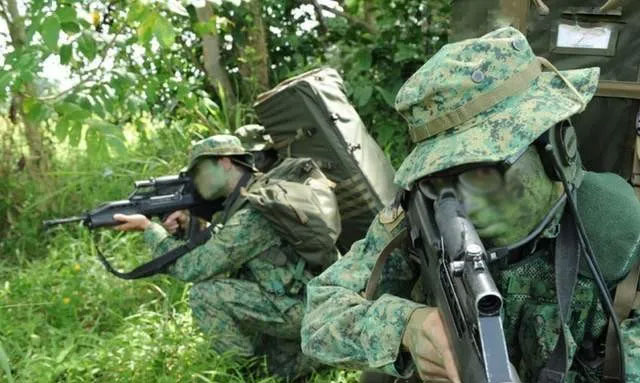
The picture above shows Singapore Army soldiers in training, wearing SAFPAT temperate woodland digital camouflage boonie hats on their heads.
10, Japan

The Japan Ground Self-Defense Force began to equip boonies in the late 1990s. The current active style is the Type III woodland spotted camouflage boonie equipped in 2007. It is part of the Type III spotted camouflage training uniform. Although it has been used for more than ten years since it was equipped, the camouflage effect is still not outdated. It is still used together with the training cap in the Ground Self-Defense Force.
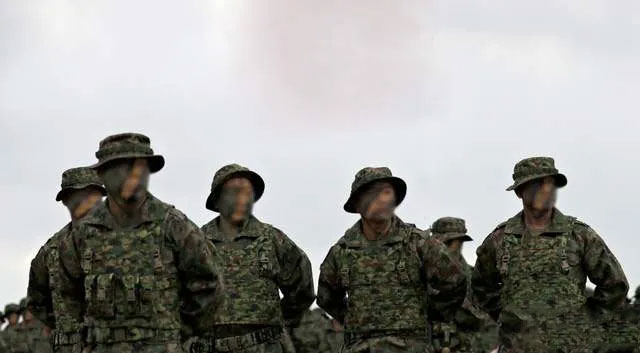
The picture above shows members of the Japan Ground Self-Defense Force in training. They are wearing Type III woodland spot camouflage boonies.
The above is the content of the military boonie hats of ten countries in the world. If there are any errors or shortcomings in the article, I hope you can give me more advice and improvements. If you want to know more, please remember to pay attention and we will continue to update you in the next issue.
